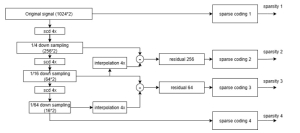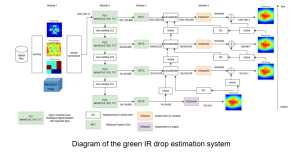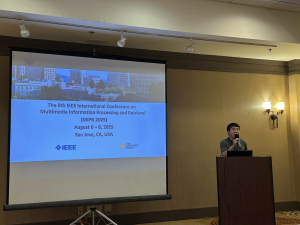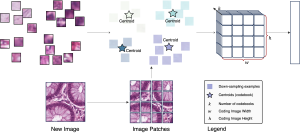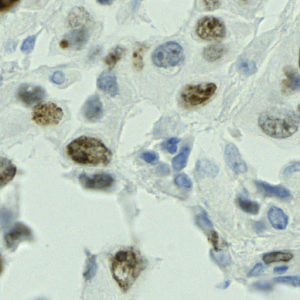Surface reconstruction from point cloud scans plays a pivotal role in 3D vision and graphics, with diverse applications in areas such as AR/VR games, heritage preservation, and indoor/outdoor scene reconstruction. This task is inherently challenging due to the ill-posed nature of reconstructing continuous surfaces from discrete points. Furthermore, real-world point cloud scans introduce several obstacles, such as varying densities, sensor noise, and missing parts. These properties make the problem a long-standing one, continually driving researchers to seek more effective solutions.
Early research focused on constructing watertight objects using combinatorial methods [1][2], which inferred the connectivity between points directly. The mainstream of surface reconstruction adopts an implicit surface approach [3][4], where the surface is represented as an unknown continuous function solved by associated partial differential equations (PDEs). Although these methods offer good quality, they are constrained to predicting watertight objects and cannot handle highly distorted LiDAR scenes. Recently, indoor/outdoor scene reconstruction has gained more attention, with deep learning (DL) models [5] demonstrating success in solving this problem based on a supervised learning framework.
Despite their high reconstruction quality, DL models face challenges in generalizability and complexity. In scenarios such as point cloud compression, quality assessment, and dynamic point cloud processing, there is a growing need for low-complexity, low-latency surface reconstruction methods. However, existing DL-based methods often sacrifice simplicity for high reconstruction quality, leaving a gap for low-complexity solutions. We aim to develop an unsupervised few-shot learning method to achieve reconstruction for scenes with low complexity.
Building on our previous unsupervised framework (GPSR), we propose an enhanced version to handle non-watertight indoor/outdoor scenes, named Green Point Cloud Surface Reconstruction++ (GPSR++). The main idea involves building an unsigned distance field (UDF) through approximated heat diffusion and optimizing the surface using B-spline bases in a coarse-to-fine manner. The surface texture is learned using the Saab transform. Experiments demonstrate that GPSR++ offers robust performance against various types of degradations while maintaining a small model size and low complexity compared to existing methods. Further results will be available soon.
References
[1] Fausto Bernardini, Joshua Mittleman, Holly Rushmeier, Cláudio Silva, and Gabriel Taubin, “The ball-pivoting algorithm for surface reconstruction,” IEEE Transactions on Visualization and Computer Graphics, vol. 5, no. 4, pp. 349–359, 1999.
[2] Nina Amenta, Sunghee Choi, and Ravi Krishna Kolluri, “The power crust,” in Proceedings of the Sixth ACM Symposium on Solid Modeling and Applications, 2001, pp. 249–266.
[3] Hugues Hoppe, Tony DeRose, Tom Duchamp, John McDonald, and Werner Stuetzle, “Surface reconstruction from unorganized points,” in Proceedings of the 19th Annual Conference on Computer Graphics and Interactive Techniques, 1992, pp. 71–78.
[4] Fatih Calakli and Gabriel Taubin, “SSD: Smooth Signed Distance Surface Reconstruction,” in Computer Graphics Forum, Wiley Online Library, 2011, vol. 30, pp. 1993–2002.
[5] Huang, J., Gojcic, Z., Atzmon, M., Litany, O., Fidler, S., & Williams, F. (2023). Neural Kernel Surface Reconstruction. Proceedings of the IEEE/CVF Conference on Computer Vision and Pattern Recognition, 4369–4379.



